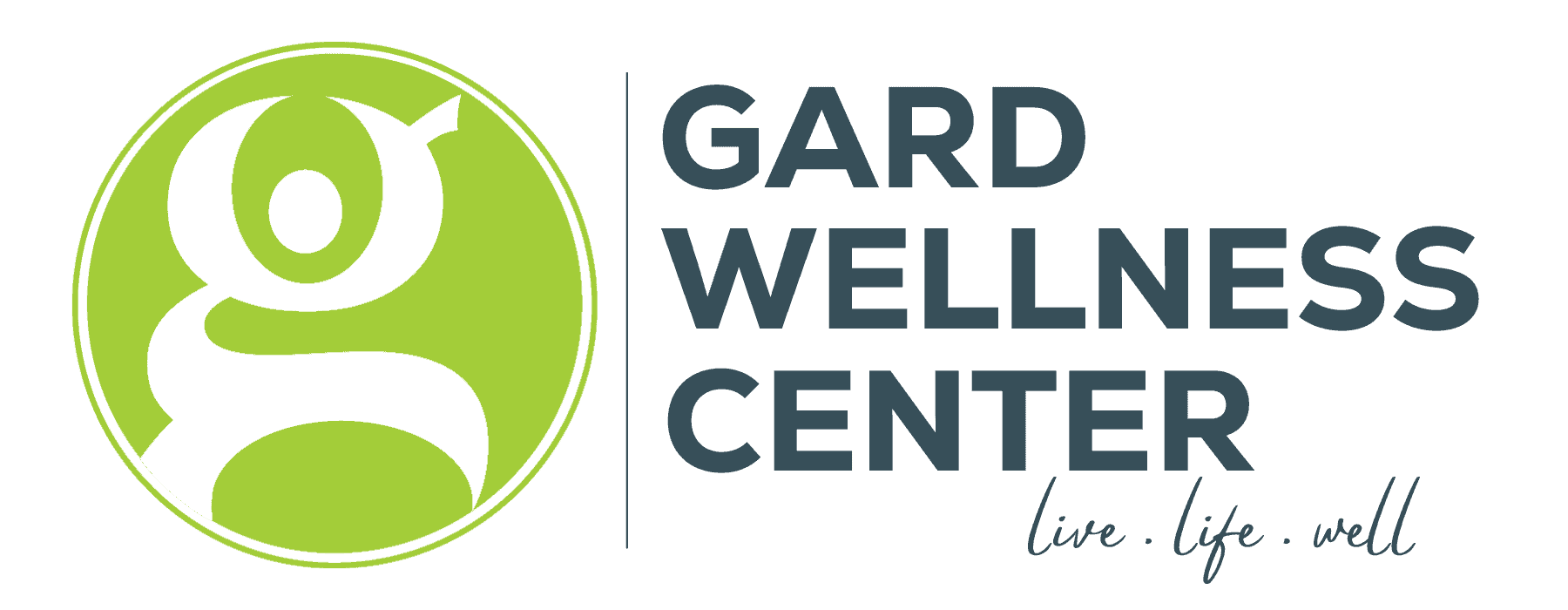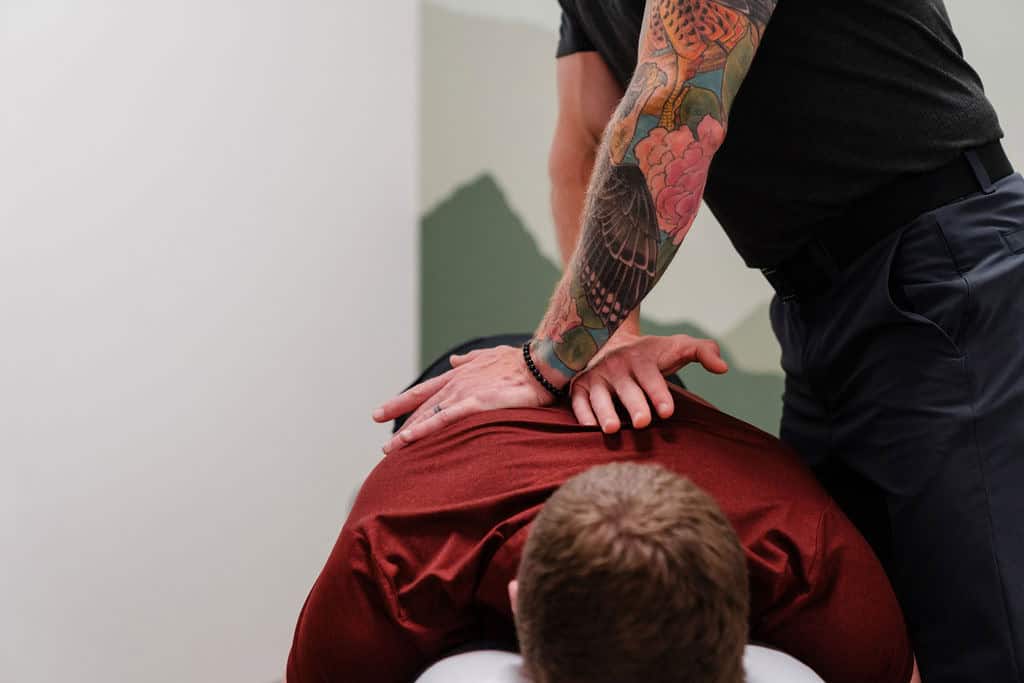Back pain affects millions of people worldwide, impacting bone density and limiting physical activity. While traditional pain management methods can provide relief, alternative solutions offer a holistic approach to therapy. These techniques aim to reduce discomfort and improve overall well-being without relying solely on medication. In this article, we’ll explore five alternative methods for back pain relief that you can incorporate into your daily routine. Keep reading to discover how yoga, heat and cold therapy, aquatic exercises, acupuncture, and diet changes can help alleviate your back pain. If you’re struggling with persistent discomfort, consider booking an appointment with a specialist to discuss these options further.
Key Takeaways
- Yoga and water exercises can effectively alleviate lower back pain and improve flexibility
- Heat therapy and cold packs offer complementary approaches to managing back pain and inflammation
- Acupuncture provides an alternative treatment for chronic back pain, targeting specific pain points
- Anti-inflammatory foods in your diet can contribute to back pain relief and overall health
- Swimming and water aerobics are low-impact exercises that strengthen back muscles and improve posture
Yoga Stretches That Target Lower Back Pain

Yoga offers a gentle yet effective approach to alleviating lower back pain, providing relief for those who may have undergone laminectomy or suffer from arthritis. These stretches can complement treatments recommended by occupational therapists and emergency medical services, promoting flexibility and easing discomfort. Incorporating water-based exercises alongside yoga can further enhance the benefits. Two key poses that target the lower back include the Gentle Cat-Cow Stretch and Child’s Pose, both of which help release tension and improve mobility in the affected area. If interested, individuals can book an appointment for a personalized session to address their specific needs.
Gentle Cat-Cow Stretch for Flexibility
The Gentle Cat-Cow Stretch, a foundational yoga pose, offers effective pain management for those suffering from lower back discomfort. This dynamic movement promotes spinal flexibility and can be particularly beneficial for individuals with elevated body mass index or those recovering from pelvic inflammatory disease. Regular practice of this stretch may contribute to improved blood pressure regulation and overall well-being, as suggested by systematic reviews of yoga‘s effects on chronic pain conditions.
Child’s Pose to Release the Lower Back
Child’s Pose offers relief for lower back pain by gently stretching the spine and promoting relaxation. This restorative posture can alleviate symptoms associated with spinal cord compression and improve sleep quality. When combined with strength training and cognitive behavioral therapy, Child’s Pose may enhance overall back health and potentially reduce the risk of conditions like vertebral osteomyelitis.
Combining Heat Therapy and Cold Packs for Relief

Combining heat therapy and cold packs offers a versatile approach to managing back pain, addressing both muscle tension and inflammation. This method can complement other treatments, such as adjusting one’s mattress for better spinal support or engaging in exercises to improve flexibility. For those experiencing signs and symptoms related to spinal canal issues, alternating between heat and cold may provide relief. While not a substitute for medical evaluations like a complete blood count, this technique can be a valuable part of a comprehensive pain management strategy. Heat therapy using hot water bottles helps relax muscles, while ice packs can reduce inflammation, offering a dual approach to alleviating discomfort.
Using a Hot Water Bottle to Relax Muscles
Hot water bottles offer an effective, non-invasive method for relaxing tense muscles and alleviating back strain. The Association of Chiropractic Colleges recognizes heat therapy as a valuable tool in alternative medicine for managing back pain and reducing anxiety-induced muscle spasms. Applying a hot water bottle to affected areas can increase blood flow, promote relaxation, and provide soothing relief for various types of back discomfort:
- Eases muscle tension and stiffness
- Improves circulation to the affected area
- Reduces pain and discomfort
- Promotes overall relaxation and stress relief
Applying Ice Packs to Reduce Inflammation
Ice packs serve as an effective method for reducing inflammation in back pain, particularly for overweight individuals experiencing acute discomfort. Research published on PubMed supports the use of cold therapy as a complementary approach to osteopathy in managing various back conditions. The National Institute of Neurological Disorders and Stroke recommends applying ice packs for short durations to minimize swelling and numb pain receptors:
| Application Method | Duration | Frequency |
|---|---|---|
| Ice pack wrapped in thin cloth | 15-20 minutes | Every 2-3 hours |
| Cold gel pack | 10-15 minutes | As needed |
| Frozen vegetable bag | 10-15 minutes | 3-4 times daily |
The Benefits of Aquatic Exercises for Back Pain

Aquatic exercises offer a unique approach to managing back pain, providing relief for individuals dealing with various conditions, including arthralgia and psoriasis. The buoyancy of water reduces stress on joints and the spine, making it an ideal environment for those seeking to alleviate discomfort in the abdomen and back. Studies have shown a lower prevalence of back pain among regular swimmers and water aerobics participants. These low-impact activities not only help strengthen back muscles but also improve posture and flexibility, offering a smoke-free alternative to traditional pain management techniques. Water-based exercises can be particularly beneficial for individuals with limited mobility or those recovering from injuries.
Water Aerobics to Strengthen Back Muscles
Water aerobics provides an effective, low-impact method for strengthening back muscles, particularly beneficial for individuals with osteoporosis or those recovering from abdominal aortic aneurysm surgery. The natural resistance of water creates a gentle yet effective workout environment, resonating with the body’s need for balanced muscle development. Emergency medicine professionals often recommend aquatic exercises as a safe alternative for patients with acute back pain or stomach discomfort, as the buoyancy of water supports the body while allowing for controlled movements that target core and back muscles.
Swimming Laps to Improve Posture and Flexibility
Swimming laps offers a comprehensive approach to improving posture and flexibility, benefiting the spinal nerve system and complementing other practices like yoga. National health organizations recognize swimming as a low-impact form of exercise that can alleviate back pain without the need for medicine or antibiotics. This aquatic activity engages multiple muscle groups simultaneously, promoting better alignment and increased range of motion throughout the body:
| Benefit | Impact on Back Health |
|---|---|
| Improved core strength | Supports better posture |
| Increased flexibility | Reduces muscle tension |
| Enhanced body awareness | Promotes proper spinal alignment |
| Low-impact cardio | Improves overall back health |
Acupuncture Techniques for Chronic Back Sufferers

Acupuncture, a time-honored practice in physical medicine and rehabilitation, offers a promising alternative for those grappling with chronic back pain. This ancient technique has gained recognition in modern clinics as a viable option for managing chronic conditions, often reducing reliance on conventional medication. By targeting specific pain points, acupuncture can provide relief where other treatments have fallen short. For chronic pain sufferers considering this approach, understanding the basics of acupuncture and preparing for the initial session are crucial steps towards exploring its potential benefits.
Understanding How Acupuncture Targets Pain Points
Acupuncture targets pain points by stimulating specific areas of the body to promote natural healing processes. This ancient practice, now recognized by health care professionals, can alleviate discomfort associated with various conditions, including ankylosing spondylitis and complications from aortic aneurysm. By inserting thin needles into predetermined points, acupuncturists aim to balance the body’s energy flow, potentially reducing nausea and chronic back pain. While not governed by traditional medical law, acupuncture has gained acceptance as a complementary therapy for managing persistent back issues.
Preparing for Your First Acupuncture Session
Preparing for your first acupuncture session involves understanding the process and potential benefits for chronic back pain. Patients should inform their practitioner about any current treatments, such as transcutaneous electrical nerve stimulation or sports medicine therapies, to ensure a comprehensive approach. Those experiencing referred pain or conditions like multiple myeloma should disclose this information to their acupuncturist, as it may influence the treatment plan. Casses Chiro and other chiropractic centers often collaborate with acupuncturists to provide integrated care for back pain sufferers.
Incorporating Anti-Inflammatory Foods Into Your Diet

Incorporating anti-inflammatory foods into your diet can significantly contribute to back pain relief, complementing other treatments such as pilates or discectomy. This dietary approach may help reduce inflammation markers like erythrocyte sedimentation rate, potentially benefiting those with conditions such as endometriosis or profession-related back issues. By identifying foods that combat inflammation and creating easy meal ideas that support back health, individuals can take a proactive role in managing their discomfort and promoting overall well-being.
Identifying Foods That Combat Inflammation
Identifying foods that combat inflammation involves selecting nutrient-rich options known to reduce stiffness and discomfort associated with conditions like spinal stenosis. Wisconsin-grown berries, fatty fish, and leafy greens contain compounds that may alleviate inflammation linked to pyelonephritis and other chronic back issues. Incorporating these anti-inflammatory foods into a balanced diet complements other treatment approaches, such as traction, potentially offering relief for those struggling with persistent back pain.
Easy Meal Ideas That Support Back Health
Creating easy meal ideas that support back health involves selecting ingredients that reduce inflammation and promote nerve health. Incorporating foods rich in omega-3 fatty acids, such as salmon or mackerel, can help alleviate symptoms associated with spondylolysis. Pairing these with leafy greens and colorful vegetables provides essential nutrients without the need for ionizing radiation exposure often associated with diagnostic imaging. While chiropractic education emphasizes the importance of proper nutrition, it’s crucial to note that excessive alcohol consumption may exacerbate back pain and should be limited in favor of hydrating alternatives.
Conclusion
Alternative solutions for back pain relief offer effective options beyond traditional medical treatments. Yoga stretches, heat and cold therapy, aquatic exercises, acupuncture, and anti-inflammatory diets provide diverse approaches to manage discomfort and improve overall back health. These methods target various aspects of back pain, from muscle tension and inflammation to flexibility and strength, catering to individual needs and preferences. By exploring these alternatives, individuals can develop a comprehensive strategy for pain management, potentially reducing reliance on medication and enhancing their quality of life.
If you’re interested in learning more about these alternative approaches to back pain relief or would like to discuss which methods might be most beneficial for your specific situation, we encourage you to reach out. Our team is here to support your journey towards better back health. Schedule an appointment or call us at (919) 322-4383 to take the first step towards a pain-free life.

